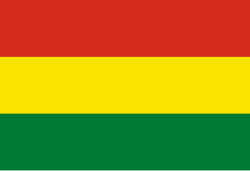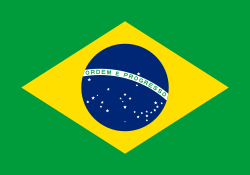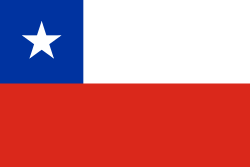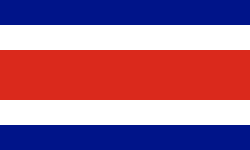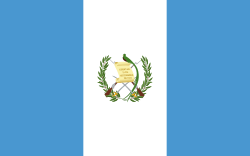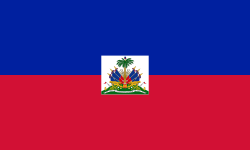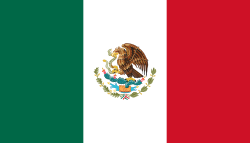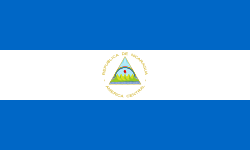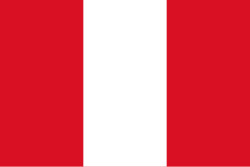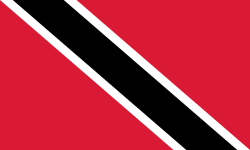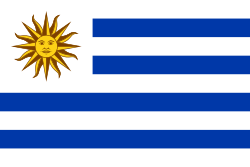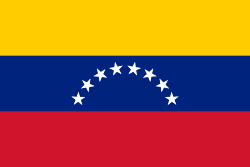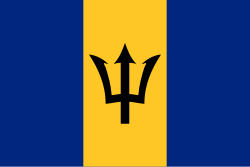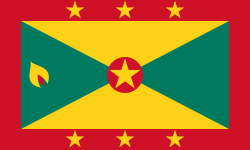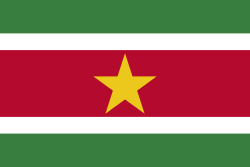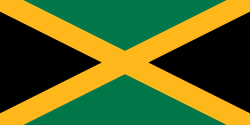Meziamerický soud pro lidská práva

Meziamerický soud pro lidská práva, zkráceně také IACHR (anglicky Inter-American Court of Human Rights; španělsky Corte Interamericana de Derechos Humanos) je autonomní soudní institucí založenou roku 1979 v kostarickém hlavním městě San José. Spolu s Meziamerickým výborem pro lidská práva (Inter-American Commission of Human Rights) tvoří systém ochrany lidských práv v rámci Organizace amerických států (OAS) – byť ne všechny státy sdružené v OAS uznaly své podléhání tomuto soudu (mimo jeho jurisdikci jsou např. Kanada, USA, Kuba, Trinidad a Tobago, Venezuela a další). Funkcí soudu je posuzovat, zda smluvní země neporušují lidská práva, a zda všem jedincům zaručují důstojnost v lidských právech.[1]
Členství
Americká konvence o ochraně lidských práv platí od r. 1978 a je závazná pro celou Latinskou Ameriku, vyjma Kuby, Surinam a několik anglofonních karibských zemí.[2]
Trinidad a Tobabo přistoupily ke Konvenci 28. května 1991, ale odmítly jí ratifikovat v jejím plném znění, jehož součástí byla i otázka legitimity trestu smrti. V r. 1999 oznámil peruánský prezident Alberto Fujimori, že Peru přestane akceptovat soudní rozhodnutí IACHR. V r. 2001 byl tento prezidentský dekret zrušen prozatímní peruánskou vládou Valentína Paniagui v r. 2001.
Venezuela odstoupila od Konvence v r. 2013 z rozhodnutí Madurovy vlády. 15. května 2019 se Národní shromáždění Venezuely (opoziční Guaidova vláda) rozhodla tento dekret zneplatnit.[3][4]
Své členství chtěla stáhnout i Dominikánská republika v r. 2014.[5] s platností od následujícího roku, k čemuž ale nedošlo.[6] Podle každoroční zprávy z r. 2017 je Dominikánská republika stále smluvní zemí Konvence, a tudíž se na ní vztahuje judikatura IACHR.
Spojené státy ke Konvenci přistoupily, ale neratifikovaly jí.
Reference
V tomto článku byl použit překlad textu z článku Inter-American Court of Human Rights na anglické Wikipedii.
- ↑ http://www.cidh.org/Basicos/English/Basic4.Amer.Conv.Ratif.htm
- ↑ IACHR Annual Report, 2017 [online]. [cit. 2019-11-11]. Dostupné v archivu pořízeném dne 2018-06-21.
- ↑ [1]
- ↑ Archivovaná kopie. www.examenonuvenezuela.com [online]. [cit. 2019-11-11]. Dostupné v archivu pořízeném z originálu dne 2019-08-15.
- ↑ DR withdraws from IACHR. thenassauguardian.com. The Nassau Guardian, 17 November 2014. Dostupné v archivu pořízeném dne 2019-11-11.
- ↑ Situation of Human Rights in the Dominican Republic (see paragraphs 133-134 on page 70)
Literatura
- T. Buergenthal, R. Norris, D. Shelton, Protecting Human Rights in the Americas. Cases and material, Kehl, N.P Engel Publisher. Verlag, 1995.
- L. Burgorgue-Larsen, A. Ubeda de Torres, The Inter-American Court of Human Rights. Case law and Commentary, Oxford, OUP, 2011.
- L. Hennebel, "The Inter-American Court of Human Rights: The Ambassador of Universalism", Quebec Journal of International Law, Special Edition, p. 57, 2011.
Externí odkazy
 Obrázky, zvuky či videa k tématu Meziamerický soud pro lidská práva na Wikimedia Commons
Obrázky, zvuky či videa k tématu Meziamerický soud pro lidská práva na Wikimedia Commons - Meziamerický soud pro lidská práva
- Judikatura Meziamerického soudu a základní dokumenty
Média použitá na této stránce
| Flag of Bolivia* | |
|---|---|
| country | Template:I18n/Republic of Bolivia |
| used by | Bolivia |
| from | 1851 |
| until | Present |
| created by | Government of Bolivia |
| format | 15:22 |
| shape | rectangular |
| colours | červená, žlutá, zelená
flag has 3 horizontal stripes |
| other characteristics | A horizontal tricolor of red, yellow and green. |
Při zobrazení tohoto souboru lze snadno přidat orámování
The flag of the Dominican Republic has a centered white cross that extends to the edges. This emblem is similar to the flag design and shows a bible, a cross of gold and 6 Dominican flags. There are branches of olive and palm around the shield and above on the ribbon is the motto "Dios,Patria!, Libertad" ("God, Country, Freedom") and to amiable freedom. The blue is said to stand for liberty, red for the fire and blood of the independence struggle and the white cross symbolized that God has not forgotten his people. "Republica Dominicana". The Dominican flag was designed by Juan Pablo Duarte, father of the national Independence of Dominican Republic. The first dominican flag was sewn by a young lady named Concepción Bona, who lived across the street of El Baluarte, monument where the patriots gathered to fight for the independence, the night of February 27th, 1844. Concepción Bona was helped by her first cousin María de Jesús Pina.
The flag of the Dominican Republic has a centered white cross that extends to the edges. This emblem is similar to the flag design and shows a bible, a cross of gold and 6 Dominican flags. There are branches of olive and palm around the shield and above on the ribbon is the motto "Dios,Patria!, Libertad" ("God, Country, Freedom") and to amiable freedom. The blue is said to stand for liberty, red for the fire and blood of the independence struggle and the white cross symbolized that God has not forgotten his people. "Republica Dominicana". The Dominican flag was designed by Juan Pablo Duarte, father of the national Independence of Dominican Republic. The first dominican flag was sewn by a young lady named Concepción Bona, who lived across the street of El Baluarte, monument where the patriots gathered to fight for the independence, the night of February 27th, 1844. Concepción Bona was helped by her first cousin María de Jesús Pina.
The national and official state flag of Haiti; arms obtained from File:Coat of arms of Haiti.svg. The civil flag can be found at here.
Note: The color selected is «turquoise blue» (the color mentioned in the decree), as defined by Pantone.
Autor: www.corteidh.or.cr, Licence: CC BY-SA 4.0
Logo de la Corte Interamericana de Derechos Humanos
Flag of Jamaica. “The sunshine, the land is green, and the people are strong and bold” is the symbolism of the colours of the flag. GOLD represents the natural wealth and beauty of sunlight; GREEN represents hope and agricultural resources; BLACK represents the strength and creativity of the people. The original symbolism, however, was "Hardships there are, but the land is green, and the sun shineth", where BLACK represented the hardships being faced.

